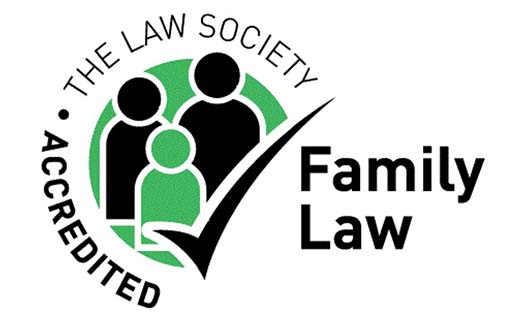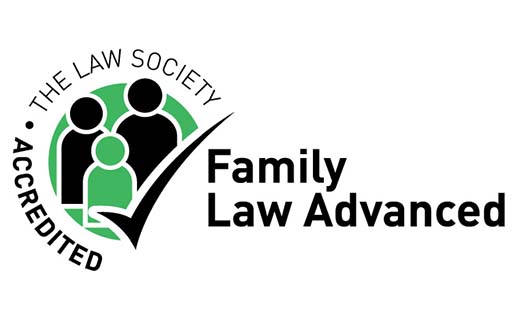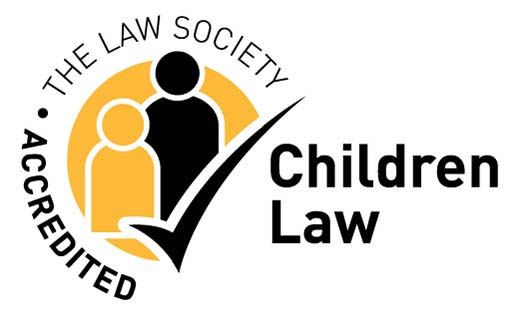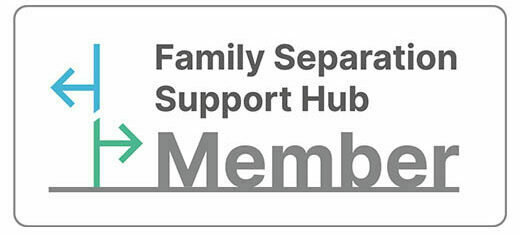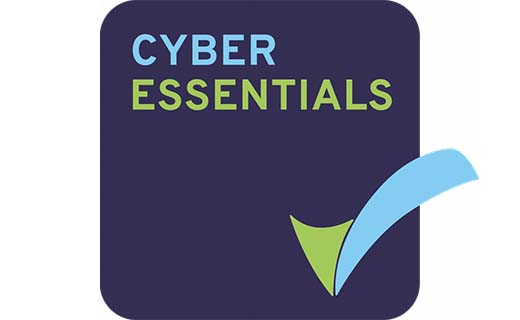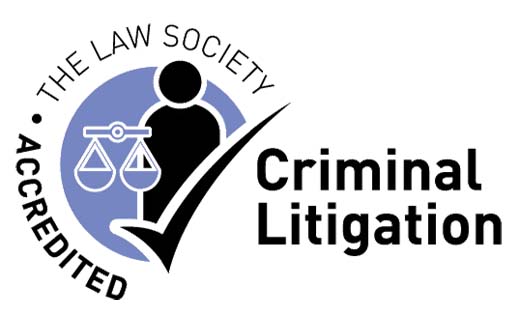It is always preferred for parents to reach an arrangement between themselves regarding the children. However, this becomes a challenge in the event of a relationship breakdown. In such instances, a child arrangements orders may resolve disagreements such as where & with who children will live, and how much time they will spend with a parent.
The following persons can apply directly for a child arrangement order without specifically needing the court’s permission:
- Parent, Guardian/Special Guardian;
- Someone who has Parental Responsibility
- If the child has lived with you for a period of at least three years within the last five years
- If you are named in a child arrangement order as somebody the child should live with
Grandparents do not have a direct right to apply unless they meet the above criteria. Alternatively, they can apply to the court for permission to make an application, where the merits will be considered in the first instance.
The Process:-
The first step is for the parents to enter into a process called mediation (not applicable in cases of domestic abuse). This starts with a Mediation Information and Assessment Meeting (MIAM) which is compulsory for both parents. Parents speak with a trained mediator to evaluate if the dispute/ disagreement can be resolved via mediation. Parents will be called for additional sessions if is assessed that mediation is likely to be successful.
If an arrangement cannot be made during mediation, the parents can apply to the court for a child arrangements order
The court then schedules a First Hearing Dispute Resolution Hearing (FHDRA) hearing. This hearing will also normally be attended by a Children and Family Court Advisory and Support Service officer (CAFCASS). They aim to safeguard the best interests of the children.
The next hearing that can be listed is a Dispute Resolution Hearing (DRA). The aim of this hearing is to try to resolve the disputes. If the dispute cannot be resolved, it will be listed for a final hearing. At the final hearing, the court reviews all of the evidence and statements and makes a final decision which is put into an order of the court.
The Court will consider the following when granting a Child Arrangements order, this is known as “the welfare checklist”.
- The primary consideration is to the welfare of any children;
- The child’s physical, emotional and educational needs;
- The ability of the childs parents or guardians to meet the child’s needs
- The effects on the child of any changes in circumstances as a result of the order.
- Any harm the child has suffered or may be at risk of suffering;
- The capability of the child’s parents (or other relevant people) in meeting the child’s needs, and
Types of Child Arrangement Orders:-
- A defined order which stipulates where the child/children should live
- A defined order which stipulates when the child/ children will spend time with the other parent
- Specific Issue Order- this highlights specific details about the child’s upbringing such as where they go to school, changing of surname etc
- Prohibited Steps Order which can prohibit either parent from taking certain actions like taking the children outside the country and/or failing to return a child after spending time with the other parent.
Once a Child Arrangement Order is made by the Court, the person or people named in that Order have Parental Responsibility for the child or children until the Order comes to an end. Child Arrangement orders often stay in place until the child is 18 years of age.
It is important to take specialist legal advice in respect of all issues relating to children. We can help make this process less stressful by giving you clear legal advice. Please contact us on 020 3601 5051 for further information.




